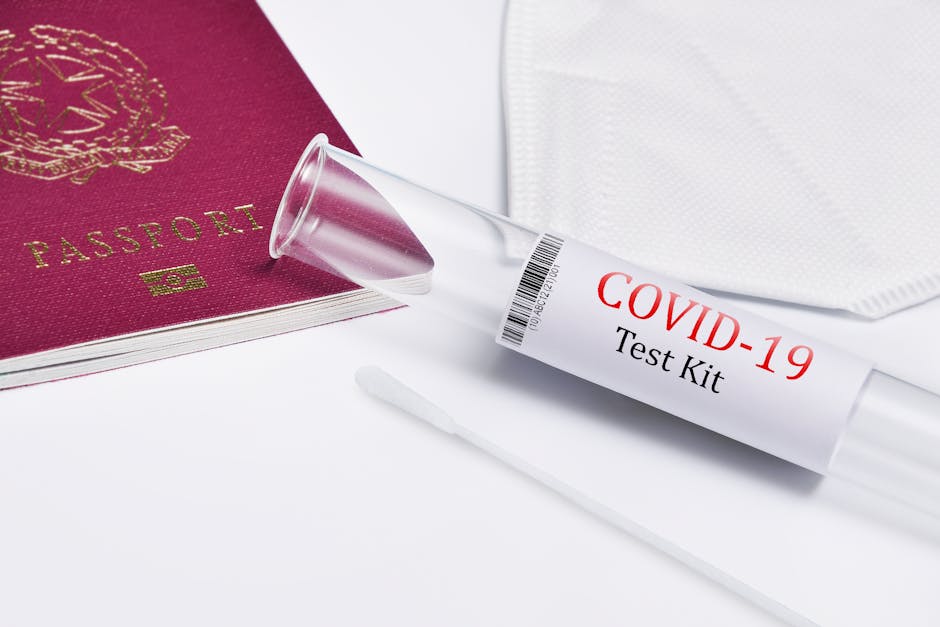Boost Conversions with Effective A/B Testing
Did you know that small changes can lead to big results? A/B testing is one of the best ways to find out what works for your audience. It helps you make informed decisions that can significantly increase your conversions.
What is A/B Testing?

A/B testing, also known as split testing, allows you to compare two versions of a webpage or app. You show one version (A) to half your visitors and the other version (B) to the other half. By analyzing the results, you can see which version performs better.
Imagine you have a bakery. You want to see if a red or blue cupcake wrapper attracts more customers. You display red wrappers to one group and blue to another. After a week, you check which wrapper sold more cupcakes. that’s A/B testing in action!
Why Should You Use A/B Testing?

A/B testing helps you understand what your audience prefers. According to a study by Optimizely, companies using A/B testing see a conversion rate increase of up to 300%. that’s a game-changer!
Here are a few reasons to embrace A/B testing:
- Improved User Experience: Understand what your audience likes.
- Informed Decisions: Base your choices on data, not guesses.
- Increased Revenue: Even small tweaks can boost sales.
How Do You Set Up A/B Testing?

Setting up A/B testing is easier than you might think. Heres a simple step-by-step guide:
- Choose a Goal: What do you want to improve? It could be email sign-ups, product purchases, or page views.
- Select What to Test: Decide on the element you want to change. It could be a button color, headline, or image.
- Create Variations: Make your changes for the version B. Keep version A as your control.
- Run the Test: Show version A to half your audience and version B to the other half.
- Analyze Results: Use analytics tools to see which version performed better.
- Implement Changes: Use the winning variation on your site.
What Should You Test?

Not everything needs to be tested. Focus on key elements that can impact conversions. Here are some suggestions:
- Headlines: Try different headlines to see which grabs attention.
- Call-to-Action Buttons: Experiment with colors, sizes, and wording.
- Images: Change images to find out which ones resonate more with your audience.
- Layout: Test different layouts to see which one is easier to navigate.
- Forms: Try reducing the number of fields in your forms.
How Long Should You Run the Test?
The duration of your test matters. Running a test for too short a time can lead to misleading results. Generally, you should run tests for at least one to two weeks. This gives you enough data for a better analysis.
Keep in mind:
- don’t run tests during holidays or special events unless they’re part of your strategy.
- Consider the size of your audience. Larger audiences provide clearer results.
What Tools Can Help with A/B Testing?
There are plenty of tools available to help you conduct A/B tests. Some popular options include:
- Google Optimize: Offers an easy way to test different website variations.
- Optimizely: A comprehensive platform for experimentation.
- VWO: Great for testing, heatmaps, and more.
- Unbounce: Ideal for creating landing pages and running tests.
What Common Mistakes Should You Avoid?
Even with the best intentions, mistakes can happen during A/B testing. Here are a few common pitfalls to watch out for:
- Testing Too Many Changes: Change one element at a time for clear results.
- Not Enough Traffic: Ensure you have enough visitors to get reliable data.
- Ignoring Statistical Significance: Make sure your results are statistically sound.
Real-Life Example: A/B Testing Success
Lets look at a real-world example. A popular e-commerce site wanted to increase it’s checkout conversion rate. They tested two variations of their checkout page. Version A had a standard form, while version B included a progress bar.
After running the test, they found that version B increased conversions by 15%. The progress bar motivated users to complete their purchases. This simple change made them more money without spending extra on ads!
How to Analyze A/B Test Results?
Once your test is complete, it’s time to analyze the results. Heres what to do:
- Check Conversion Rates: Compare how each version performed.
- Look for Patterns: Analyze data to identify trends.
- Use Statistical Tools: Ensure your results are significant.
don’t forget to document your findings. This will help you understand what worked and what didnt for future tests.
Common Questions About A/B Testing
Can I run multiple tests at the same time?
Yes, but be cautious! Running too many tests can confuse your data. Stick to testing one variable if you want clear results.
How often should I conduct A/B tests?
Regular testing keeps your site optimized. Aim to test something every month if possible. This helps you stay in tune with your audience’s preferences.
What if I get inconclusive results?
Inconclusive results happen. If you don’t see a clear winner, consider running the test longer or testing different variations. Sometimes small tweaks can lead to better outcomes.
Conclusion: Start A/B Testing Today!
A/B testing can transform your website or app. it’s an easy way to understand what your audience wants. By making small changes, you can boost your conversions and increase your revenue.
Remember these key takeaways:
- Define clear goals for your tests.
- Test one element at a time for accurate results.
- Analyze your data carefully to make informed decisions.
So, why wait? Start testing today and see how small changes can lead to big results!
For more information on improving your website, check out our post on Improving Web Design for Better User Experience.
